Premium Only Content
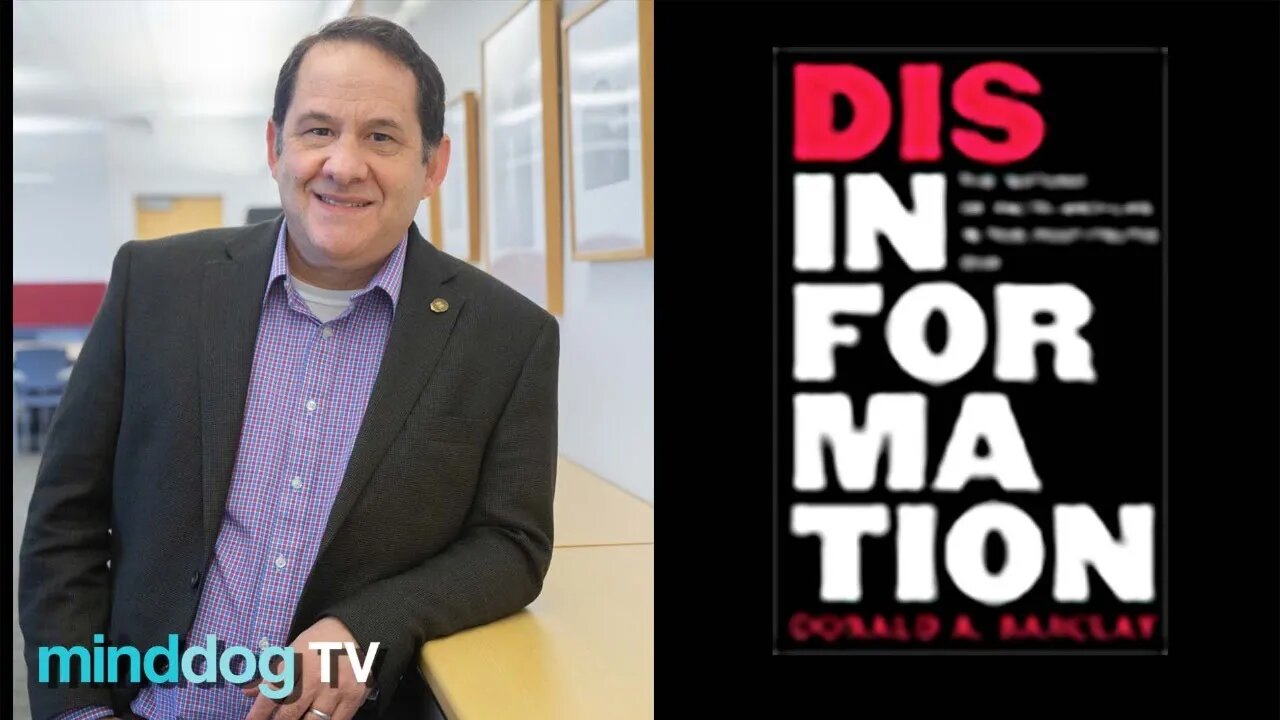
Disinformation: The Nature of Facts and Lies in the Post-Truth Era - Donald A Barclay
Does the idea of a world in which facts mean nothing cause anxiety? Fear? Maybe even paranoia? Disinformation: The Nature of Facts and Lies in the Post-Truth Era cannot cure all the ills of a post-truth world, but by demonstrating how the emergence of digital technology into everyday life has knitted together a number of seemingly loosely related forces-historical, psychological, economic, and culture-to create the post-truth culture, Disinformation will help you better understand how we got to where we now are, see how we can move beyond a culture in which facts are too easily dismissed, and develop a few highly practical skills for separating truth from lies. Disinformation explains: -How human psychology--the very way our brains work--can leave us vulnerable to disinformation. -How the early visions of what a global computer network would and should be unintentionally laid the groundwork for the current post-truth culture. -The ways in which truth is twisted and misrepresented via propaganda and conspiracy theories. -How new technology not only spreads disinformation but may also be changing the way we think. -The ways in which the economics of information and the powerful influence of popular culture have contributed to the creation of the post-truth culture. Unlike the far-too-numerous one-sided, politically ideological treatments of the post-truth culture, Disinformation does not seek to point the finger of blame at any individuals or groups; instead, its focus is on how a number of disparate forces have influenced human behaviors during a time when all of humanity is struggling to better understand and more effectively control (for better or worse) challenging new technologies that are straining the limits of human intellectual and emotional capacity.
We will discuss:
The forces that have converged to make up the post-truth era
What philosophy teaches us about detecting truth and facts vs, false evidence and disinformation
How human cognition shapes and sometimes limits our own ability to perceive the truth
How technology and its own early utopian versions of "Cyberspace" laid the groundwork for the post-truth culture
The history of propaganda and persuasion that if known, can be employed to detect disinformation and discard it
How the concept of intellectual property impacts the creation of, and access to, information
Offering practical tips on identifying the post-truth culture's conspiracy theories and resisting their allure
About the Author:
Donald Barclay is the Deputy University Librarian at the University of California, Merced. He has authored numerous articles and books over the course of his career on topics ranging from the literature of the American West to children's literature to library and information science. His most recent book, Fake News, Propaganda, and Plain Old Lies: How to Find Trustworthy Information in the Digital Age, was published by Rowman & Littlefield in 2018. He currently lives in Merced, California.
You can check out his website at http://Donaldbarclay.com
https://rowman.com/ISBN/9781538144091/Disinformation-The-Nature-of-Facts-and-Lies-in-the-Post-Truth-Era
PATREON: https://www.patreon.com/minddogtv
Sponsors:
KOA Coffee https://koacoffee.com/?sscid=21k6_79g17
FIVERR https://go.fiverr.com/visit/?bta=86037&brand=fiverrcpa&utm_campaign=minddogTV
SOUTHWEST RAPID REWARDS https://swa.eyjo.net/c/3290446/517226/4705
SUPPORT THE HAPPY MINUTE https://ko-fi.com/minddogtv
TRUE FIRE GUITAR MASTERY: http://prf.hn/click/camref:1101lkzyk/pubref:minddog
-
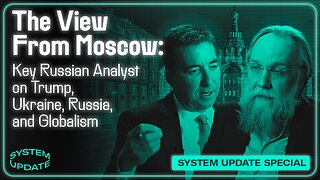 LIVE
LIVE
Glenn Greenwald
5 hours agoThe View from Moscow: Key Russian Analyst Aleksandr Dugin on Trump, Ukraine, Russia, and Globalism | SYSTEM UPDATE #414
3,592 watching -
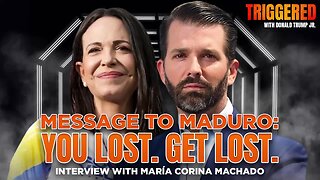 1:10:55
1:10:55
Donald Trump Jr.
2 hours agoBREAKING NEWS: My Father Revokes Biden-Maduro Oil License, LIVE with Maria Corina Machado | Triggered Ep.220
87.1K104 -
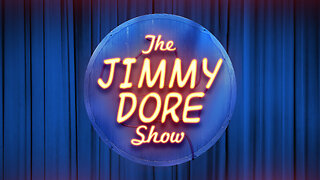 LIVE
LIVE
The Jimmy Dore Show
2 hours agoTrump AG Pam Bondi WON’T Release Epstein List! Corp Media ABANDONS Greta Thunberg! w/ Chris Hedges
15,907 watching -
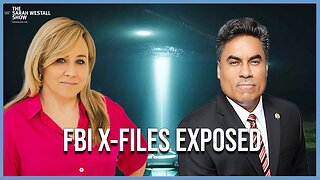 LIVE
LIVE
Sarah Westall
1 hour agoX-Files True History, Project Blue Beam, Cabal Faction War w/ Former FBI Agent John DeSouza
505 watching -
 7:03:49
7:03:49
Dr Disrespect
8 hours ago🔴LIVE - DR DISRESPECT - NEW PC VS. DELTA FORCE - MAX SETTINGS
106K25 -
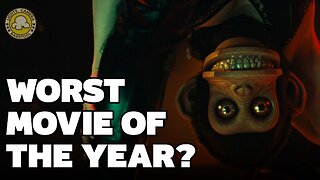 49:04
49:04
Lights, Camera, Barstool
1 day agoIs The Monkey The Worst Movie Of The Year?? + Amazon Gets Bond
18.7K2 -
 24:19
24:19
Adam Carolla
20 hours agoDiddy’s Legal Drama Escalates, Smuggler Caught Hiding WHAT? + Philly Eagles & The White House #news
31.6K4 -
 10:12
10:12
Mike Rowe
2 days agoClint Hill: What A Man. What A Life. | The Way I Heard It with Mike Rowe
25.4K5 -
 1:31:52
1:31:52
Redacted News
4 hours agoBOMBSHELL! This is war! FBI whistleblowers reveal Epstein files being destroyed? | Redacted News
112K272 -
 48:55
48:55
Candace Show Podcast
4 hours agoSTOP EVERYTHING. They FINALLY Mentioned ME In The Blake Lively Lawsuit! | Candace Ep 152
93.4K96